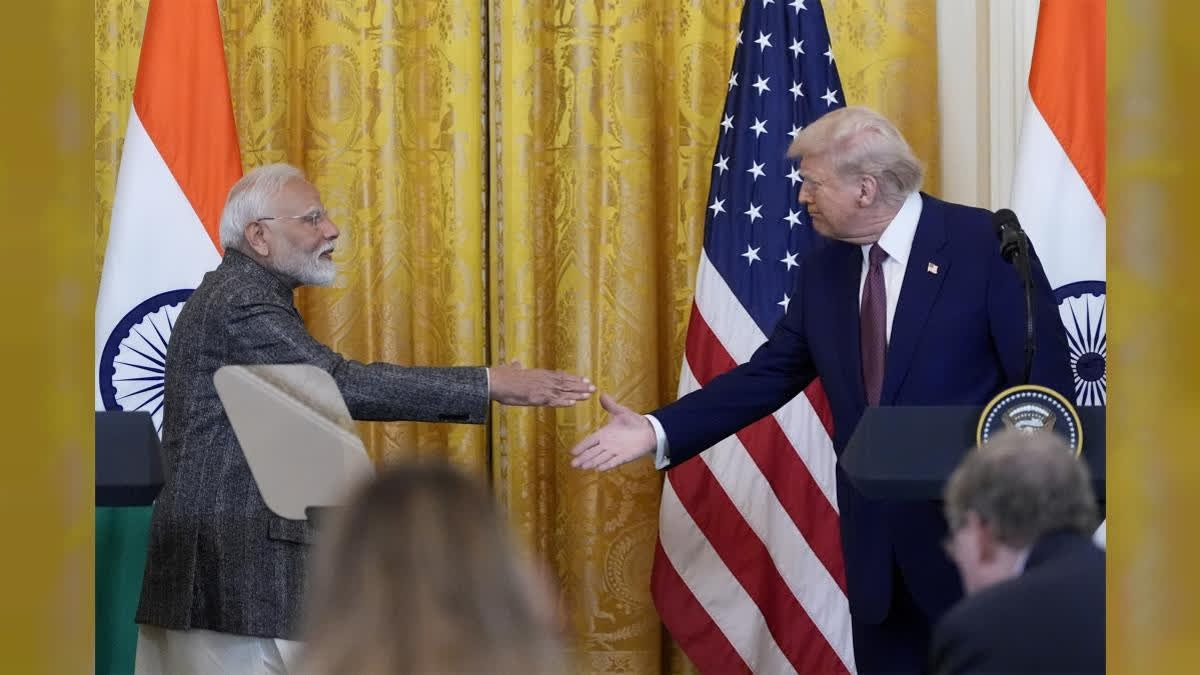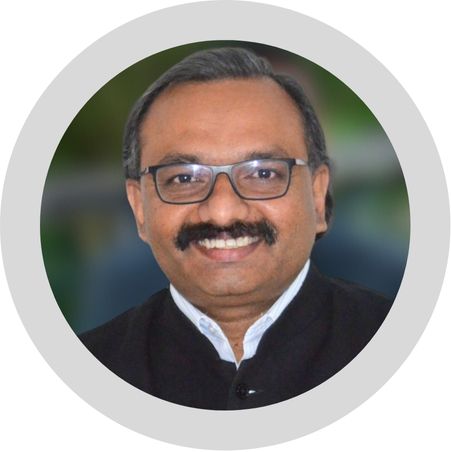How does an emerging economy engage with the world's preeminent power, which is undergoing intense internal conversations about its identity and role in international politics? Perhaps a closer examination of the recent summit meeting between the leaders of India and the United States (US) could help us answer the question.
Prime Minister Narendra Modi’s recent visit to the United States was preceded by considerable preparatory work. India's External Affairs Minister, S. Jaishankar, attended the swearing ceremony of Donald Trump as the 47th president of the United States and interacted with many leaders of the new team. During his visit to the United States, Indian Prime Minister Modi interacted with senior US Officials, including Director of National Intelligence Tulsi Gabbard, Elon Musk, Vivek Ramaswamy, National Security Advisor Michael Waltz, and others before he met with President Trump. While the sequence of these interactions may have been defined by diplomatic protocol, they provided ample opportunity for the Indian leadership to understand the ideological frameworks of President Trump and his team.
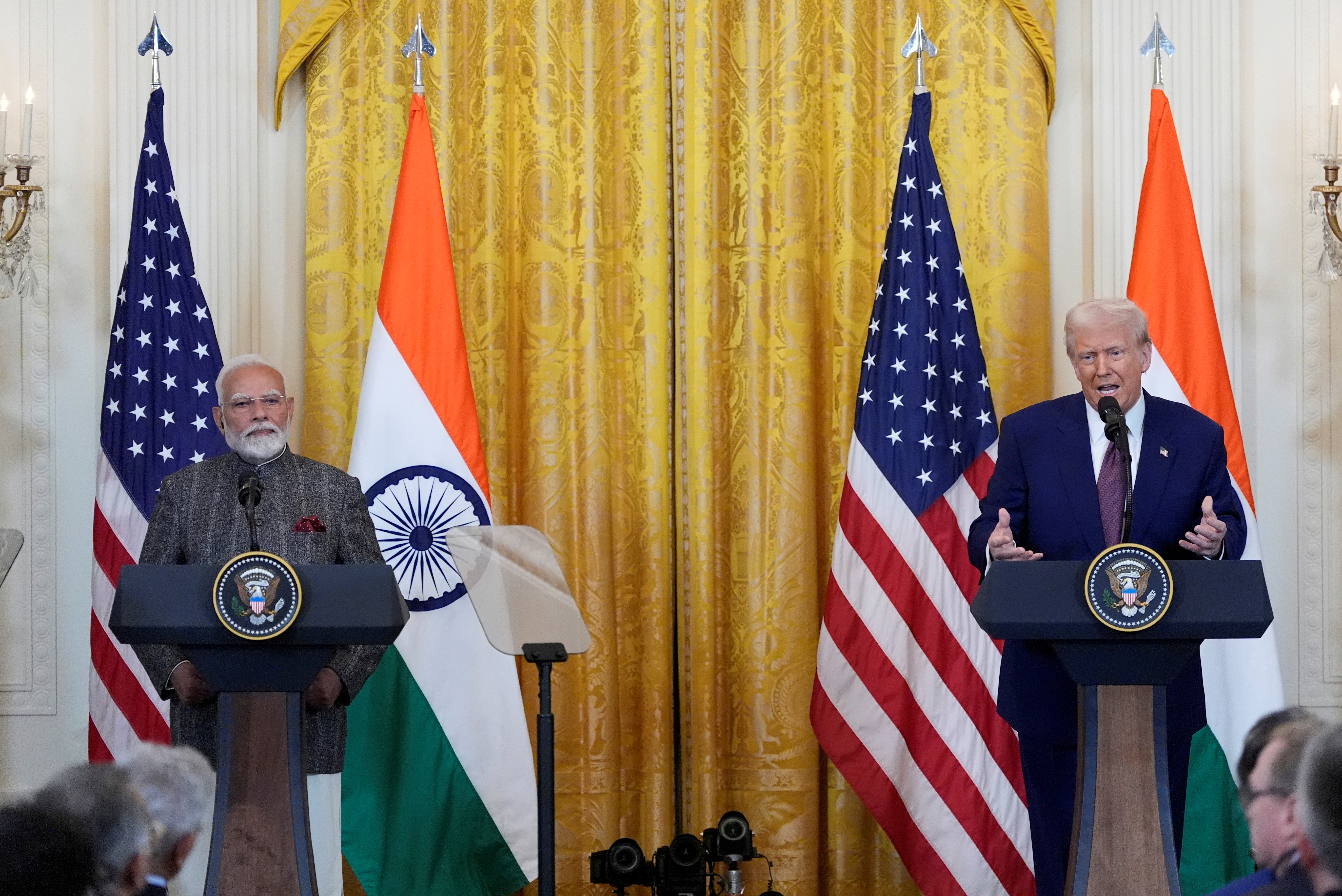
This visit happened after the United States elected Donald Trump for the second term after four years of Joe Biden’s Presidency. President Trump and his team have moved into the office with a predefined agenda and a clear roadmap, and they are moving forward with various policy initiatives at great speed.
In the past few weeks, Donald Trump has rapidly reconfigured domestic and foreign policies. Trump contends that the unquestioning embrace of globalisation has contributed to a decline in the manufacturing sector in the United States, and the ease of movement of people has contributed to the dilution of American identity. Therefore, imposing high tariffs and rejigging immigration procedures is critical to reviving the American economy and its identity. Since tariffs and tightening immigration measures have become central themes in US politics, the visiting Indian leadership did not retaliate even when harsh rhetoric was directed against them on tariffs, as it had become a central theme in US politics. After all, it is not for India or other external players to validate or invalidate the arguments shaping US politics.
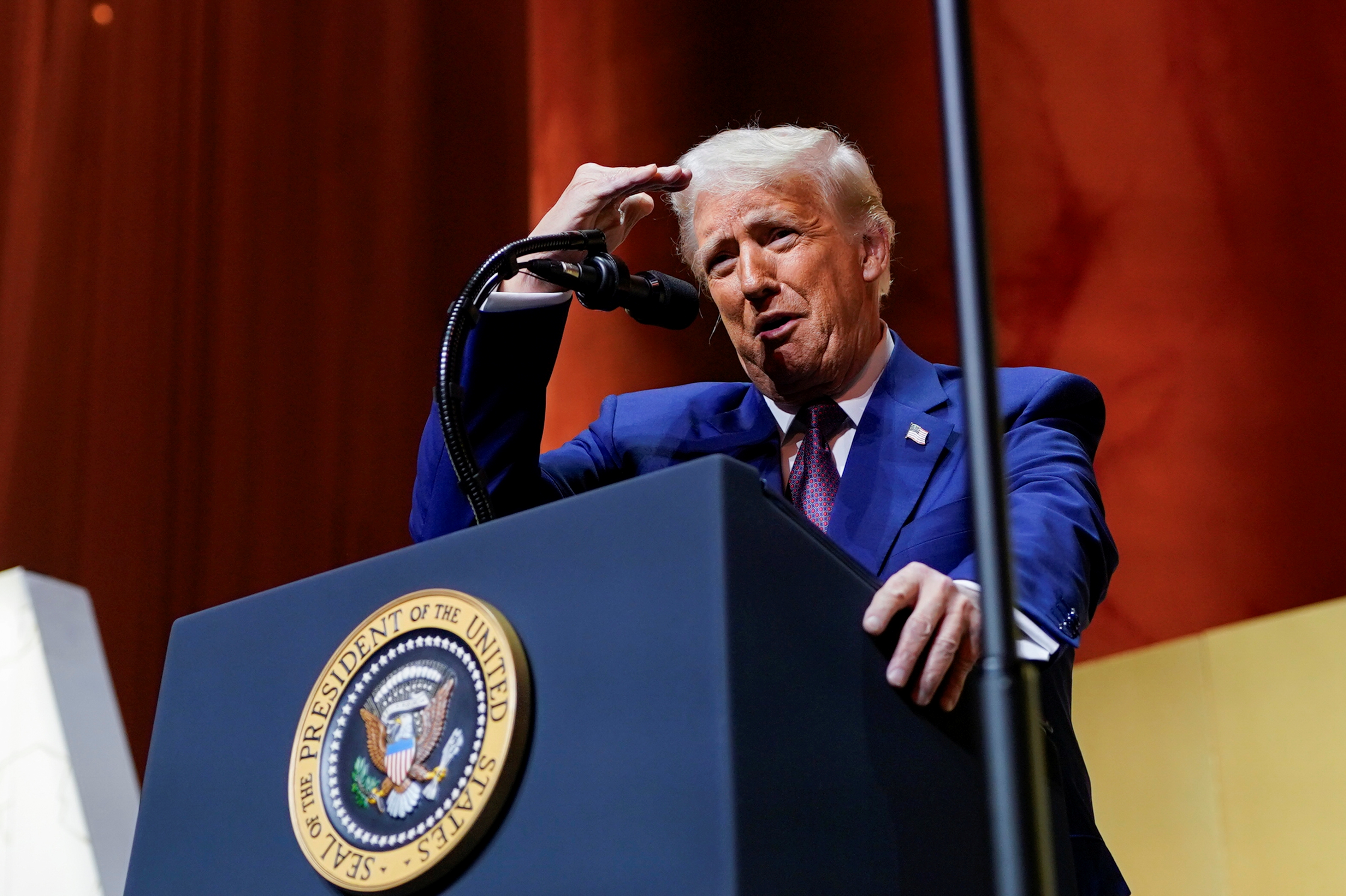
As Durgesh Rai observed, among its top 10 trading partners, India has a positive trade balance only with the United States. Therefore, nurturing a trade relationship with the United States is critical for Delhi. There was an apprehension that the India-US disagreements on tariffs would cast a shadow on the meeting between the Indian Prime Minister and the US President. Before meeting the Indian premier, President Trump specifically mentioned that American companies are finding it difficult to access the Indian markets because of the high tariffs.
While there were no immediate punitive measures on India, President Trump has ordered federal agencies to study the possibility of imposing reciprocal tariffs. The visiting Indian delegation prudently refrained from immediately responding to President Trump’s statements and policy measures. However, the references in the joint statement show that both delegations had detailed discussions on bridging the differences in trade. Both countries announced that they plan to negotiate “the first tranche of a mutually beneficial, multi-sector bilateral trade agreement by fall 2025” and announced an ambitious target of doubling bilateral trade to $ 500 billion in the next 5 years.
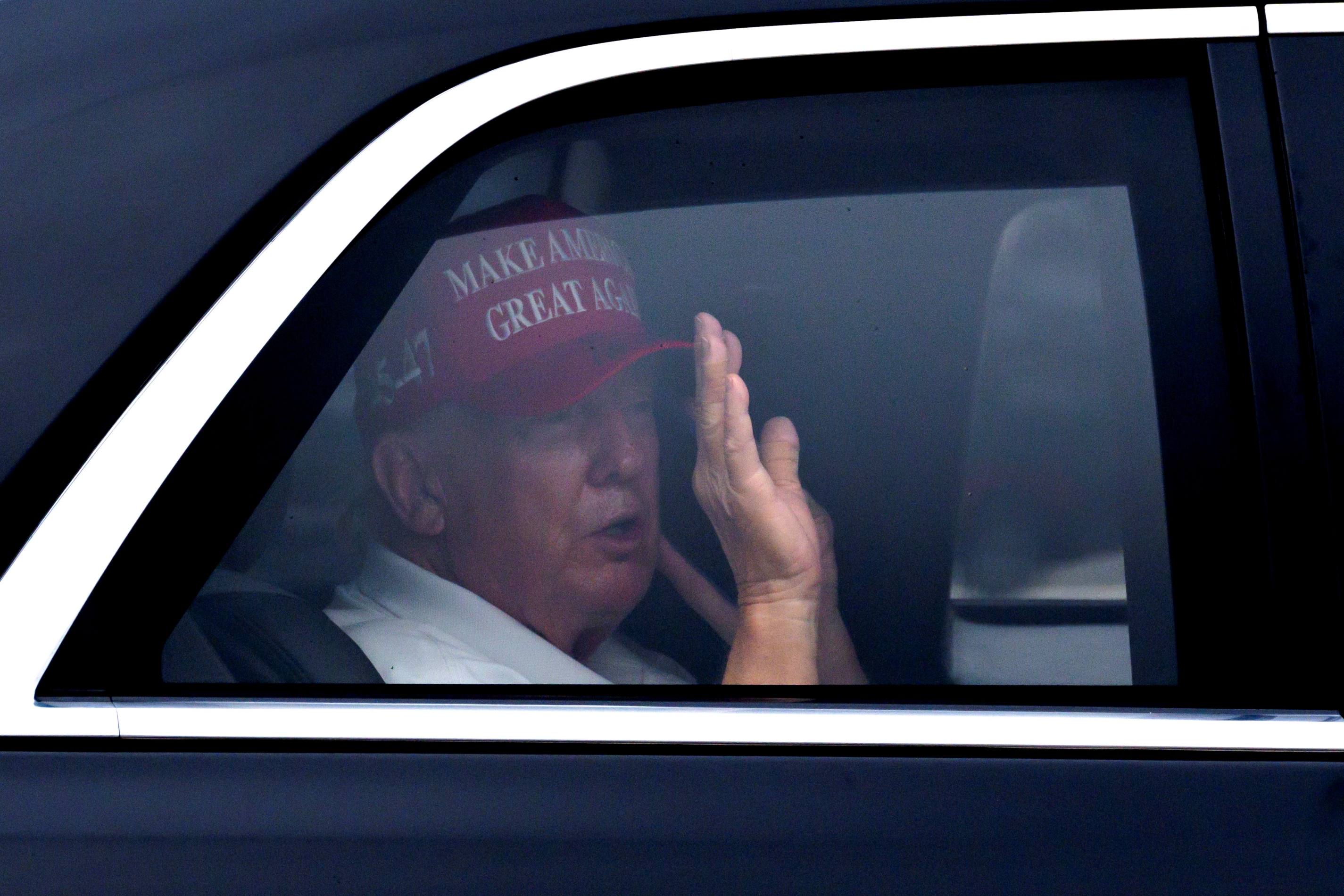
While the $500 billion target may appear challenging, it can be achieved. India has urged the United States to supply more crude oil, petroleum products, and liquefied natural gas, resulting in increased trade. Further, both countries agreed to deploy advanced small modular nuclear reactors to increase nuclear power generation in India. These announcements suggest that both countries are trying to resolve their differences on tariffs through innovative policies and increased investments.
The Indian government has expressed willingness to take back the illegal immigrants in the United States. A few illegal immigrants have been flown into India. However, the images of illegal immigrants being handcuffed or chained generated considerable discussion in India. The Indian government did not sharply criticise such transfers. While India is willing to take back illegal immigrants after verification, Delhi is also keen that “streamlining avenues for legal mobility of students and professionals” should be expedited.
An important takeaway from the Modi-Trump summit meeting is the initiatives launched in the realms of technology and innovation. A US-India TRUST (Transforming Relationship Utilizing Strategic Technology) Initiative was launched to promote collaboration between the two countries in critical technologies such as semiconductors, quantum technologies, energy, space, and related domains. Other areas of cooperation include building resilient supply chains and research and development pertaining to the entire critical mineral value chain.
The bilateral defence cooperation will get further consolidated. The Joint Statement stressed increasing defence co-production and strengthening defence industrial cooperation. Both sides agreed to take forward co-production arrangements for javelin anti-tank guided missiles and infantry combat vehicles. While India will be procuring six additional P8I maritime patrol aircraft, Donald Trump, in his remarks, pointed out that the US would be willing to sell the most advanced jet fighter, the F-35, to India.
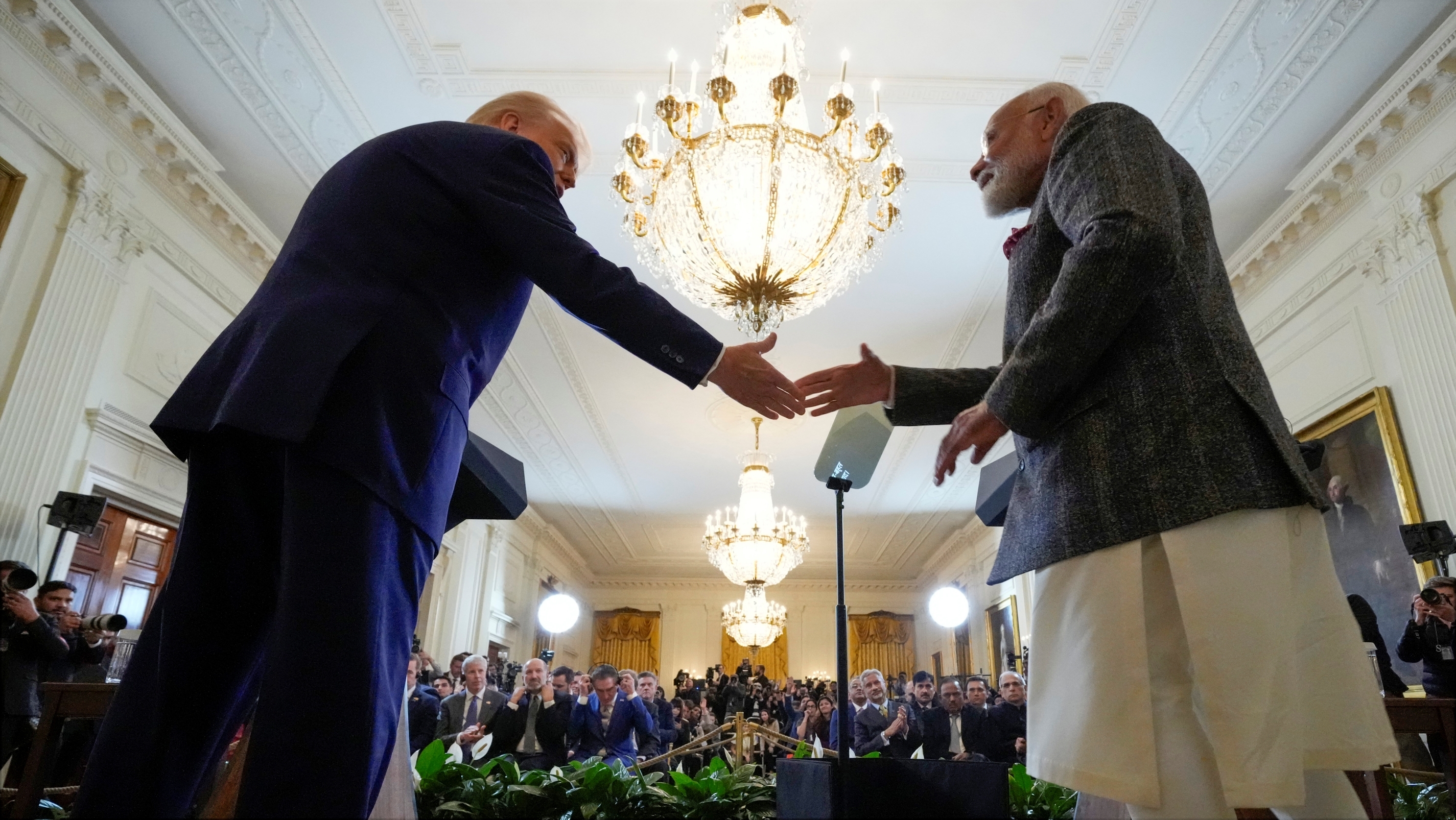
Both countries have launched an Autonomous Systems Industry Alliance (ASIA) to promote defence-industrial cooperation. Before 2008, the US defence exports to India were almost negligible. Subsequently, the Indian contracts for the US defence platforms and components have increased to over $ 20 billion. Importantly, due to the collaboration between the firms of both countries, the US has become a significant destination for India’s defence exports. These developments indicate the potential for establishing a defence supply chain in the future.
In terms of grand strategy, there was a concern that the Trump administration would be preoccupied with managing relationships with allies, addressing the Ukraine war and the Israel-Palestine crisis. However, within a few hours after the Trump administration's inauguration, the US organised a meeting of Quad foreign ministers in Washington, DC. In approximately the first three weeks after taking over the presidency, Trump met with around four leaders from other countries, two of whom were the prime ministers of Japan and India. The India-US joint statement notes that the Quad leaders will soon activate "initiatives on shared airlift capacity to support civilian responses to natural disasters and maritime patrols to improve interoperability," which constitutes a significant leap in HADR cooperation.
The initial impression of the Trump-Modi meeting is that the India-US relationship will get further consolidated in the bilateral and multilateral domains. Given the changing nature of American politics, India will attempt to carefully promote its interests without indulging in vocal advocacy on immigration and tariffs. There is also an expectation in India that the United States will also have to factor in Delhi’s security concerns in the neighbourhood. The power transitions within countries and power shifts across the countries have made global politics increasingly volatile. To manage such volatility, democracies such as India and the US must collaborate with increased intensity.
(Disclaimer: The opinions expressed in this article are those of the writer. The facts and opinions expressed here do not reflect the views of ETV Bharat)
